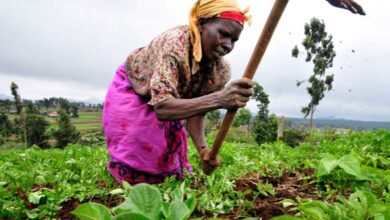
The report, produced by the Food and Agriculture Organization of the United Nations (FAO) in partnership with the United Nations Environment Programme (UNEP), shows that the conservation of the world’s biodiversity is utterly dependent on the way in which we interact with and use the world’s forests.
It highlights that some 420 million hectares of forest have been lost through conversion to other land uses since 1990, although the rate of deforestation has slowed over the past three decades.
The COVID-19 crisis has highlighted the importance of conserving and sustainably using nature, recognizing that people’s health is linked to ecosystem health.
Protecting forests is key to this, as forests are home to most of the Earth’s terrestrial biodiversity.
The report found that despite a slowing of the rate of deforestation in the last decade, some 10 million hectares are still being lost each year through conversion to agriculture and other land uses.
A special study included in the Report found 34.8 million patches of forests in the world, ranging in size from one hectare to 680 million hectares. Greater restoration efforts to reconnect forest fragments are urgently needed.
The report notes that the Aichi Biodiversity Target to protect at least 17% of the Earth’s terrestrial areas by 2020 has been achieved for forests, although progress is still required to ensure the effectiveness of such protection. The largest increase in protected forest areas occurred in broadleaved evergreen forests – such as those typically found in the tropics. Over 30% of all tropical rainforests, subtropical dry forests and temperate oceanic forests – are now located within protected areas.
It is estimated that forests provide more than 86 million green jobs. Over 90% of people living in extreme poverty are dependent upon forests for wild food, firewood or part of their livelihoods. This number includes eight million extremely poor, forest-dependent people in Latin America alone.
Source: FAO website
Visit http://www.fao.org/state-of-forests/2020/en/ for more info and to access the full report.
*Related article: Assessing the recovery of plantation land after clearfelling







